|
Alongside Gian Maria Tosatti, if by sheer scale alone, there's another artist that has put their stamp all over the 2022 Venice Biennale, it's Simone Leigh.
Art, as we know, is often called upon to represent the world around us. Sometimes, it represents the world as the artist sees it, but other times, it requires the artist to make a leap and represent something that they would like to see.
0 Comments
If you're on the hunt for the 2022 Biennale's most charming artist/force of nature, then you need look no further than the New Zealand pavilion.
With twelve extraordinary photos, a video, copius research material and a bit of chutzpah, interdisciplinary artist Yuki Kihara deftly turns the past on its ear. Kihara offers up one of this year's truly intersectional projects and does so with one of the historical art world's real juggernauts in her sights, leaving no stone unturned as she "takes on" (and becomes) Paul Gauguin. Gauguin, represents something of a stepping stone into art and art history for many young people (and a safe crowd pleaser for Art teachers at high schools all around the world). In preparation for the Biennale, every country makes strategic decisions. They have to decide who is going to represent them and why. They have to focus on whether a truly contemporary artist should produce a work specific to the year's Biennale, or whether they can opt to draw from a collection, using a modernish artist to present an aspect of their country's society or artworld. Do they put forward a solo show, a collective or use the platform to show the work of multiple artists? The Biennale is the world's oldest and longest running art fair, but it is a tale of haves and don't have yets. For every established country that has decades' of experience exhibiting, established networks and the tools they need to put on a show, there are also "emerging art" nations who are new to, or still in the early days of their association. Add a pandemic to the complexity already provided by transport, logistics and costs and you can get a feeling for how countries have to make their decisions. This year, as with most years, I enjoyed trips into established pavilions (like South Africa) as much a I did to visits to pavilions run by first timers Uganda and second timers Ghana. The themes, styles and approaches in those three pavilions varied widely, but in each of the exhibits there was one artist that really stood out for me. 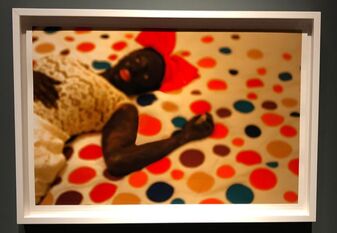 SOUTH AFRICA In the South African pavilion, of the three artists whose work was on show, it was Lebohang Kganye's B(l)ack to Fairy Tales, with all its whimsy, nostalgia and sheer bonkersness that completely enthralled me. Essentially, Kganye casts herself as Snow Black, working her way into a series of self portraits. But we're not talking Hans Christian Andersen here; she's moving in and out of the world of fairy tales, but the settings are always in African townships. There's so much going on in the images; the lack of sharpness in the image reminds us that we're under the spell of hazy memories and the settings ask us to think about the realities that people in South Africa have to face every day. (Arsenale)  UGANDA For their first ever Biennale, Uganda elected to go with two established artists; Acaye Kerunen and Collin Sekajugo for the Radiance: They dream In Time exhibition. The pavilion, a collateral event at the Biennale, meaning it is located in the city of Venice rather than at the Giardini and Arsenale grounds, offered a mix of sculpture, installations and paintings but it was the sometimes painting, sometimes collage work of Collin Sekajugo that I loved the most. Frankly, I was trepidacious about even setting foot into the Ugandan pavilion, given the country's horrific record when it comes to LGBT citizens, but I am really glad I did. Uganda's own organising committee, in its notes on the exhibit, points to how Uganda's art scene is still fledgling. But the quality of the work on show here, especially in Sekajugo's Call Centre Girls makes it worth tracking down in Venice if you can get google maps to cooperate long enough.  GHANA also elected for a multiple artist approach for this, its second Biennale. This year, three artists were selected by the director of the country's institute of arts and head of musuems and cultural heritage- Nana Oforiatta Ayim - to represent Ghana in Black Star, this year's presentation at the Biennale. Of the three artists showing, it was the work of Na Chainkua Reindorf which appealed to me most. Whilst Chainkua Reindorf created a site specific installation for the show, it was her paintings that appealed to me most. The paintings, which sometimes include textiles and traditional fabrics, recast women into roles that have always been reserved for men in Ghana's myths and narratives. Her images, which are at times playful and thought provoking, are incredibly graphic in nature, yet with the inclusion of the fabrics, they seem to interweave traditional elements into the works. PRACTICALS For the Ghana and South Africa exhibitions, you'll need a ticket to Arsenale. For the Uganda exhibition, you'll need a good map and sturdy walking shoes. As the host nation, Italy's run at the Biennale in recent years has been hit and miss, if you ask me.
For the most part, the approach at the Italian pavilion has been ambitious at recent Biennales. Although the Italian pavilion usually favours complex installations, there seems to be such a sense of one-up-manship, that at times, it feels like the artist and curatorial team are biting off more than they can chew. This year, everyone had to line up under the sweltering sun to get into the Italian pavilion. That experience took me back to my youth in Melbourne, where I used to have to line up to get into bars and clubs. Every extra minute I waited, the anxiety and the dread grew, knowing I would soon be "assessed" by an agressive doorman or doorbitch who would decide if I was worthy enough to spend my money on drinks [back then, the drink of choice was vodka, but the music could range from dance/pop all the way through to heavy metal]. In any case, the strategy of single admission to the Italian pavilion is simply to limit the number of visitors in the space at any one time. It's an effective approach that makes sense with what's happening inside the walls of the show (and feels decidedly COVID friendly). I walked in hot, sweaty and grumpy and walked out feeling like Jodie Foster, wondering if the lambs have stopped screaming. If there are two pavilions at the Biennale that almost always leave me frustrated, its the Russian and Swiss pavilions.
There, I said it. This year, due to the invasion of Ukraine, Russia has essentially been "expelled" from the Biennale. I'll be honest. I'm not sure how I feel about the world's embargo on Russia when it comes to art, culture and artists. To say it’s been a tough couple of years for everyone would be an understatement. Despite the ongoing problems we’re facing with the combined challenges of a pandemic, war in Ukraine and the pressures we’re experiencing with supply chains and inflation in almost every corner of the globe, there are some lights on the horizon, if we actively search them out.
This year, after the pandemic scuttled the scheduled 2021 edition of the Venice Biennale, it’s finally back after three years and some false starts. I have to say, having lived out the pandemic in Italy, a country which was amongst the first and hardest hit, I had really been looking forward to returning to the Biennale. If you’ve visited this blog in the past, you may have noted that the Biennale is my favourite event in Italy, and one of the few times where I feel my masters in art curatorship gets a workout. I've spent ten years on and off living in the Eternal City. In the interests of sharing a bit of what I know (and what I like), this is the second in a series of posts about my recommendations for you in Rome. It's true that you can spend a lifetime visiting Rome, but you'll only want to if you have a good time each time you pass through. So, for this post, I'm assuming you've made your way to the Spanish Steps and that you're ready to venture further into Centro Storico. I've now spent a decade living in Rome and although COVID and all its mutations continue to swirl around, it's almost refreshing to see the hordes of tourists coming back to town.
When Rome is open for business, my inbox tends to get a little more busy than usual, with friends asking me for some recommendations about what to do and see and when to do it. The following is the first in a series of insights about Rome. They're based on my opinions and experiences, so don't come trying to sue me if you don't agree. For this post, I'm focusing on the central areas of the historic centre, along with Termini. Things change, good places go bad, and bad places improve, so take everything with a grain of salt. I'm a dual national, so, in more prosperous times, I'm often lucky enough to spend some time in my hometown (Melbourne) as well as Rometown (Rome).
Obviously, COVID19 has thrown all that out the window. I've spent almost a year now working mostly from home - feeling a bit Hitchcocky constantly looking out my rear window - as I work away on my day job and my writing. With Australia's closed border policy, and restricted movement in Italy due to the ongoing high number of COVID19 cases here, there are times when I feel neither here nor there, a sentiment that I think we've all been feeling this last year. That said, with the lifting of some restrictions here in Rome, I managed to escape out to the Palazzo delle Esposizioni to check out the 2020 Quadriennale. I did have a date back in October to see the Quadriennale with two of my most dedicated gallery loving friends, but we were sent into lockdown the day before we were due to see the show. It's billed as Fuori (=out in Italian) and, as pan-contemporary exhibitions often do, it left me delighted and perplexed (and sometimes just plain unimpressed). But that said, I was so hungry to get out of my living room and experience some culture first hand, that even when I found the artwork underwhelming, I was just happy to be seeing things through someone else's perspective for a change. As a huge exhibition designed to push the boundaries over two enormous levels, there were obviously still some gems in the line up. Among the highlights for me were Irma Blank's gorgeous indigo blue panels. They sent me back to Japan and the old ukiyo-e prints that I studied at uni. Also enjoyed the playful nature of the work by the Tomboys Don't Cry collective and the adjoining room in which Diego Gualandris did things with painting and textiles that I've never seen someone do before and Raffaela Naldi Rossano had my fatigued little brain working overtime until it eventually decrypted her powerful textual messages. Getting out and about to take in some culture or feed off of other people's ideas is not an easy prospect at this point in time. And maybe you're neither here (Rome) nor there (Melbourne). But wherever you are, you can take a free virtual tour of the Fuori show if you're interested. It's a lovely 360 of the huge exhibit that allows you to take in the cavernous spaces and representations of all the artwork in the show. Want to get out? Do it here. It’s that time of year when I put my curator hat back on and try and give you the benefit of my experience (and very subjective opinion) to make sure you get the most out of your visit to the Venice Biennale. The Venice Art Biennale is one of few fixed events in my calendar that I make sure I never miss. Every time I go to Venice it takes my breath away. I don’t know whether that’s because of the extortionate prices they charge for practically anything, because the city’s just so fucking beautiful or because these days I only go there for the Biennale and I find myself lost in my thoughts when I’m there. Factor in the bonus of some artporn and a few spritzes and the Art Biennale usually makes for a perfect weekend away for an art nerd like myself. For me the anticipation often starts a few months’ earlier than the actual visit. If I haven’t already begun sleuthing of my own accord I usually start getting excited about it all when I receive a couple of texts to translate for promotional purposes or for the gallery wall panels.
This year’s May You Live In Interesting Times- the fifth consecutive Biennale I’ve attended- had all the same build up of Biennales past but the actual reality of the visit marked something of a change for me. Usually after each visit I really struggle to whittle down the national pavilions to a concise best of the best. I have to go through my notes and reflect a lot in order to get my head around what I saw and what spoke the most to the curator and the artist in me. (You may or may not know that I was a curator and gallerist once upon a time). I inevitably end up feeling like I’m short changing a few artists because so many had something exceptional to offer. Worse still, I normally spend so much time being enthralled at a national level that the central, combined exhibitions feel like an obligation that I have to get through, carefully managing what little time I have left to search out the gems and filter out the distractions and all the noise. This year was almost a complete reversal for me. I found myself struggling to enjoy many of the national presentations and instead more enthralled by what was on show in the collective exhibits which under Ralph Rugoff’s curation felt unified, cohesive and engaging where in the past they were often a rambling, time consuming mess. I won’t go into Giardini and Arsenale just yet- they’ll get separate posts as per the tradition of this blog. But I will say this: if you’re planning on heading to the Biennale this year you’ll do well to manage your level of expectation, especially if you’ve visited Biennales in the past. This year there’s very little that’s playful or fun and humour is in very short supply. This year is a serious Biennale and worse still, very few artists who had a national showcase to play with managed to really hit the mark. So you’ll have to be patient and pace yourself until the highlights present themselves (and sometimes re-present themselves) and make the long, expensive vaporetto ride seem worthwhile. And of course get a leg up with my tips and suggestions. |
Dave
|
|
|
Dave Di Vito is a writer, teacher and former curator.He's also the author of the Vinyl Tiger series and Replace The Sky.
For information about upcoming writing projects subscribe to the mailing list. Dave hates SPAM so he won't trouble you with any of his own. He promises. |
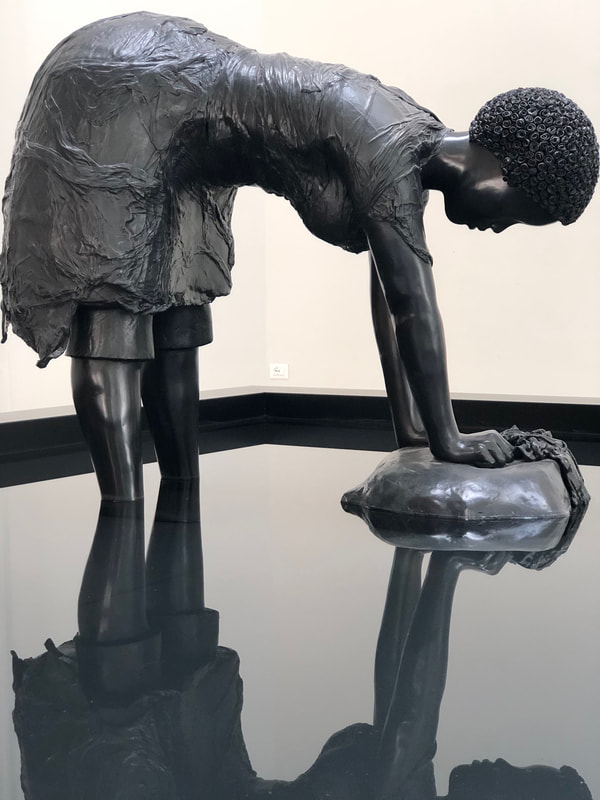

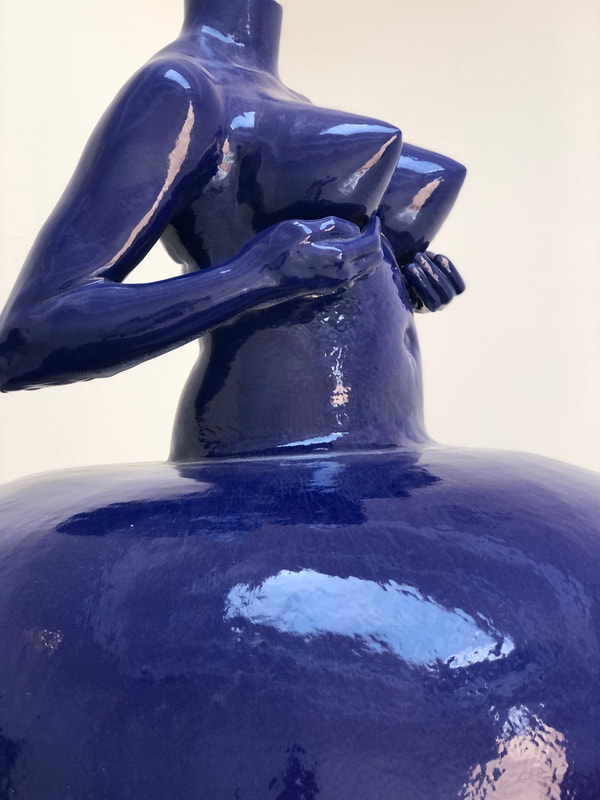





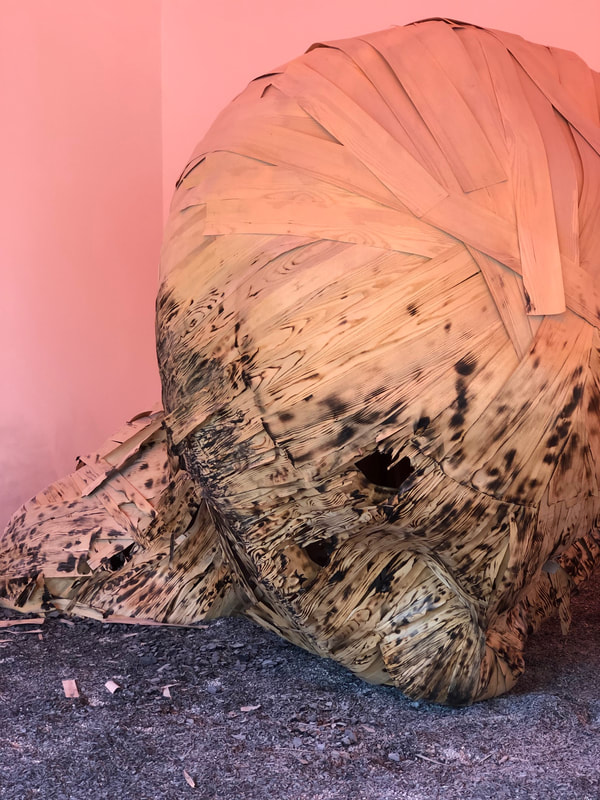
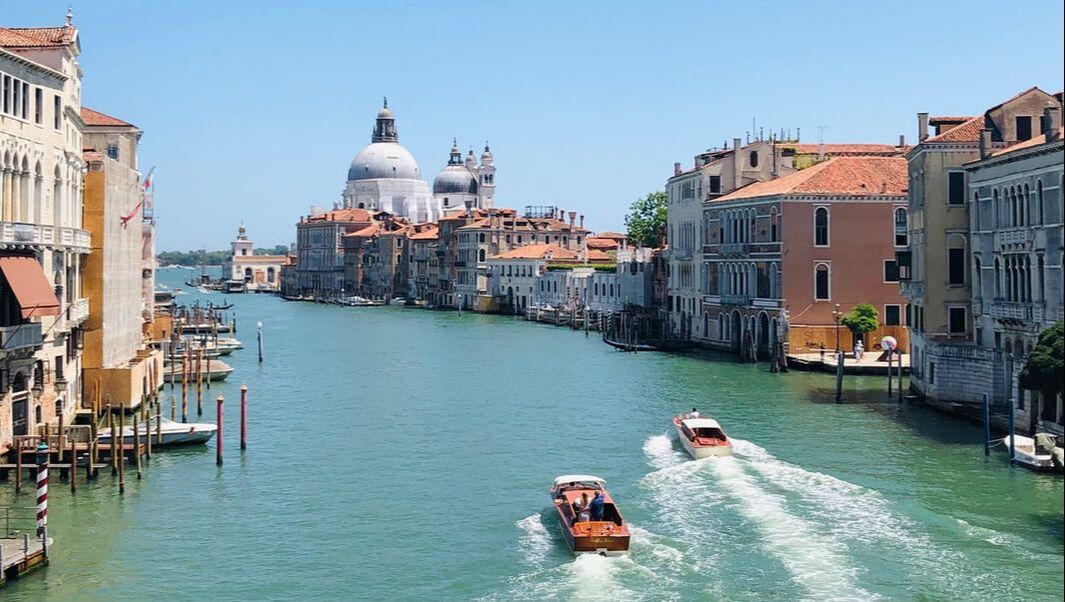



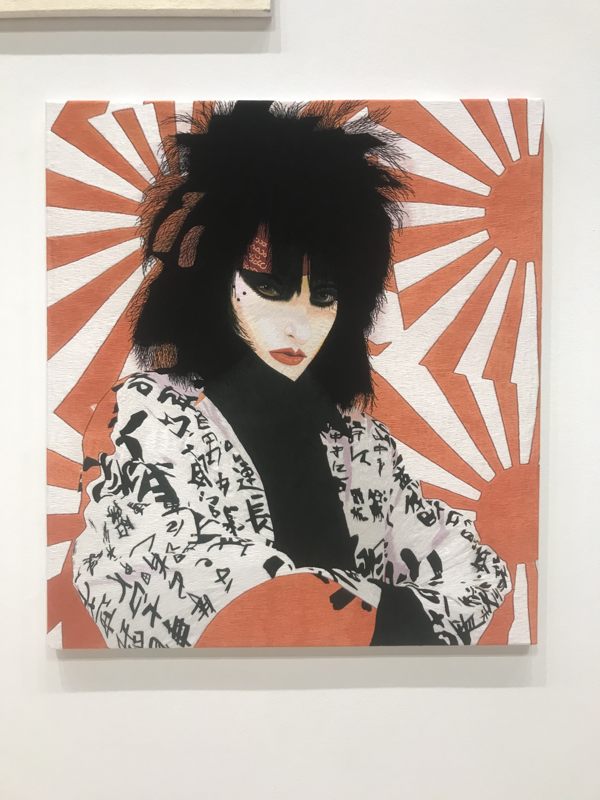



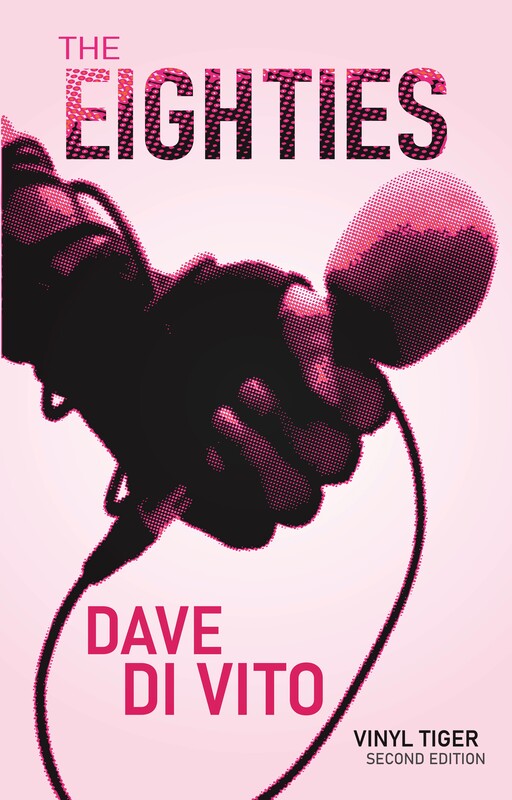


 RSS Feed
RSS Feed